A steam oven is an incredibly versatile kitchen appliance that has quickly become a favorite for both home cooks and professional chefs alike. Its unique ability to cook food using steam rather than dry heat sets it apart from conventional ovens. By harnessing the power of water vapor, steam ovens excel at preserving the nutrients, natural flavors, and moisture in food, making it a healthier cooking option. Traditional cooking methods, like frying or baking, often strip food of essential vitamins and minerals. Steam ovens, on the other hand, ensure that your meals remain both delicious and nutritious without the need for added fats or oils. To learn more about the unique benefits of steam ovens, check out our guide on unlocking the benefits of steam ovens in your kitchen.
From achieving a golden, crispy crust on freshly baked bread to perfectly steaming delicate dishes like fish and vegetables, a steam oven is incredibly versatile. Whether you’re making a hearty roast, reheating leftovers without drying them out, or even proofing dough for bread, a steam oven can handle it all. In this guide, you’ll discover a variety of tips and techniques designed to help you maximize the potential of your steam oven, allowing you to consistently achieve restaurant-quality results in the comfort of your home. With a steam oven, cooking becomes not only healthier but also more efficient and enjoyable.
Discover Healthier Cooking with Less Fat & Sodium
Cooking with a steam oven offers numerous health benefits, making it a popular choice for those looking to prepare nutritious meals without compromising on flavor. One of the primary advantages is nutrient preservation. Traditional cooking methods like boiling or frying can cause significant loss of vitamins and minerals. In contrast, steam cooking retains these essential nutrients because it uses lower temperatures and shorter cooking times.
Steam ovens also reduce the need for added fats and oils. When cooking meats and vegetables, the moisture from the steam keeps food tender and juicy without the need for butter or oil, leading to lower calorie dishes. Additionally, steam cooking is an excellent option for those following a low-sodium diet, as it enhances the natural flavors of food, reducing the need for added salt or seasoning.
Moreover, steam ovens are effective in eliminating harmful bacteria from food, making them a safer option for preparing dishes like seafood or poultry. This makes steam cooking not only healthier but also a hygienic choice. For those interested in weight management or healthy eating, steam ovens provide a way to cook lean, flavorful meals that support a balanced diet.
In summary, steam ovens offer a healthier alternative to traditional cooking methods by preserving nutrients, reducing the need for fats and salt, and ensuring food safety. These benefits make steam ovens an ideal appliance for health-conscious individuals looking to make the most out of their culinary experiences.
Best Steam Oven Settings for Cooking Perfect Meals Every Time

Using the correct settings for different types of food in your steam oven can significantly impact the quality and taste of your dishes. Steam ovens typically offer multiple cooking modes, such as pure steam, convection steam, and combination modes, each suitable for specific food types.
Vegetables
For most vegetables, a pure steam setting at around 100°C (212°F) is ideal. This method ensures that vegetables retain their vibrant color, texture, and nutrients. Steaming times vary depending on the vegetable; for example, asparagus and broccoli may take around 5-7 minutes, while root vegetables like carrots or potatoes could require 15-20 minutes.
Meat & Poultry
For meats like chicken, beef, or pork, use a combination steam and convection mode. Set the temperature to around 160-180°C (320-356°F) with medium humidity. This method helps to achieve a juicy interior while maintaining a crisp exterior. The steaming process shortens cooking time and evenly cooks larger cuts, reducing the risk of undercooked sections.
Fish & Seafood
Delicate fish fillets and shellfish are best cooked using pure steam at a lower temperature, around 85-95°C (185-203°F). This prevents the fish from becoming dry or overcooked. Cooking times are generally short, around 8-12 minutes, depending on the thickness of the fillet.
Bread & Pastries
Steam ovens excel at baking bread, providing the perfect balance of steam and dry heat. Use a combination mode with a high temperature (around 220-240°C or 428-464°F) and low humidity for a crispy crust and moist crumb. Steam can also be used for reheating pastries to revive their original texture.
Desserts
For custards, puddings, and cheesecakes, a low steam setting at around 90-95°C (194-203°F) provides gentle, even cooking without cracking or drying.
By using the optimal settings for each type of food, you can make the most of your steam oven and elevate your culinary creations to professional standards.
Reduce Energy Costs and Save Time with Steam Ovens
Steam ovens are more energy-efficient than traditional ovens, thanks to their shorter cooking times and lower temperatures. They heat up quickly, reducing preheating time, and use water vapor to transfer heat more effectively, which speeds up the cooking process. The combination of steam and convection modes allows for faster, even cooking without needing to crank up the heat. Additionally, steam ovens maintain a stable cooking environment, minimizing heat loss. This not only saves energy but also helps in retaining the quality of food, making them a sustainable choice for eco-conscious households.
How to Reheat & Defrost Food Without Drying it Out
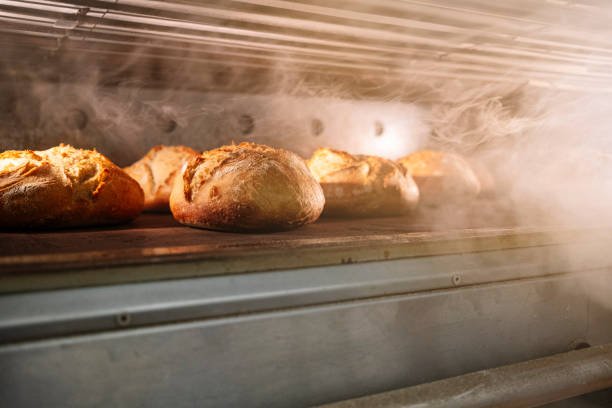
Steam ovens are incredibly versatile, offering more than just a healthy way to cook. They can be used for a variety of tasks beyond traditional cooking, making them a valuable kitchen tool. One of the most popular uses is reheating leftovers. Unlike microwaves, which can dry out food, steam ovens reheat dishes evenly without losing moisture, preserving the food’s original texture and flavor. They are also excellent for defrosting frozen foods quickly and safely, using a gentle steam setting to avoid partial cooking. For a broader overview of where steam ovens fit within the wider category of ovens, explore The Complete Guide to Different Types of Ovens for Your Home.
Additionally, steam ovens are perfect for proofing dough, providing the ideal warm and humid environment for yeast to rise, resulting in fluffy and well-risen bread. For those who enjoy sous-vide cooking, some steam ovens come with precise temperature control, allowing you to cook vacuum-sealed foods to perfection without the need for a separate water bath.
Steam ovens can also be used for sterilizing kitchen tools, baby bottles, and canning jars, providing a thorough and safe sanitation process. Lastly, they are great for delicate tasks like melting chocolate or making yogurt, where consistent low temperatures are crucial.
With all these multifunctional uses, a steam oven can truly elevate your cooking experience, making it easier to achieve professional results at home and take on culinary challenges with confidence.
Common Steam Oven Mistakes to Avoid for Perfect Cooking Results
Using a steam oven effectively requires understanding its unique functions and avoiding common pitfalls. One frequent mistake is overfilling the water tank. While it’s crucial to have enough water for steam generation, overfilling can cause water leakage and disrupt the cooking process. It’s also important to use distilled water to prevent mineral buildup, which can damage the appliance over time.
Another common error is not preheating the oven when required. Although steam ovens heat up quickly, preheating ensures even cooking, especially for baking or roasting. Additionally, using the wrong cookware can affect results; non-perforated or thick-walled pans can block steam circulation, leading to uneven cooking. Always use the recommended accessories, such as perforated trays, to maximize steam exposure.
Overcrowding the oven is another mistake. Unlike traditional ovens, steam ovens need space for steam to circulate around the food. Overloading can result in inconsistent cooking and extend cooking times. It’s also crucial to select the appropriate cooking mode for the dish—using pure steam for foods that require a crisp texture, like baked goods, will yield unsatisfactory results.
Finally, many users forget about regular maintenance. Descaling and cleaning the oven after each use prevents residue buildup, ensures optimal performance, and extends the lifespan of the appliance. Avoiding these common mistakes will help you get the most out of your steam oven, producing delicious, consistent results every time.
Essential Accessories for Steam Ovens to Improve Cooking Efficiency
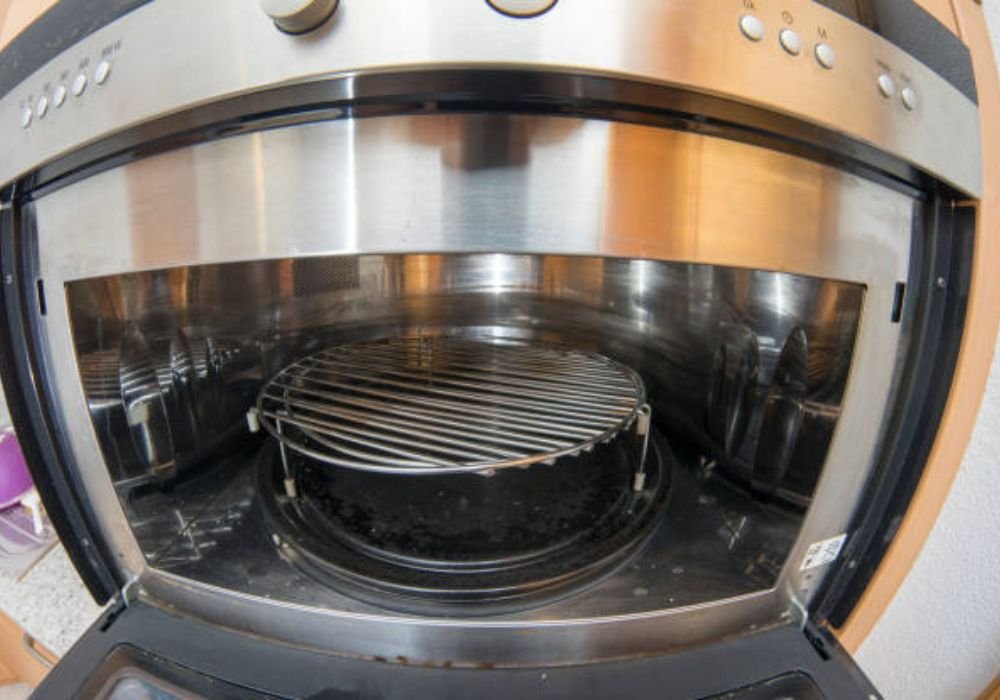
Using the right accessories with your steam oven can significantly enhance your cooking results. Perforated trays are essential for steaming vegetables and fish, allowing steam to circulate evenly and cook food thoroughly. Baking stones are excellent for making bread and pizza, providing a crisp crust and uniform texture. Additionally, temperature probes are invaluable for cooking meats to precise doneness without the need to open the oven door frequently.
Using stainless steel pans and racks designed for steam ovens can also help maintain hygiene and ensure even heat distribution. Silicone mats are great for baking or reheating sticky items like pastries without the mess. Specialized steam containers with lids are perfect for sous-vide cooking or for preparing complex dishes that require precise moisture control.
Investing in these accessories can make a noticeable difference in the quality and versatility of your steam oven cooking, allowing you to explore a wider range of culinary techniques with ease and confidence.
Safe Use of Steam Ovens to Prevent Accidents in the Kitchen
Operating a steam oven safely requires attention to a few key precautions. First and foremost, be mindful of steam release. The high-pressure steam can cause serious burns if not handled properly. Always open the oven door slowly and stand back to let the steam escape before reaching in.
Use protective gear, such as oven mitts and long sleeves, when handling hot trays and racks. Steam ovens can reach temperatures above 100°C (212°F), and contact with the steam or heated surfaces can lead to severe burns. When cooking with high humidity settings, be cautious of hot water or steam that may accumulate at the bottom of the oven.
Ensure your kitchen has proper ventilation. Excess moisture from prolonged steam cooking can cause condensation, potentially damaging surrounding cabinets and walls. If your steam oven has a venting function, use it to expel excess moisture.
Regular maintenance is crucial for safe operation. Descale the water reservoir and clean the interior regularly to prevent mineral buildup, which can clog steam outlets and impair function. Follow the manufacturer’s guidelines for cleaning and descaling to keep the appliance in optimal condition.
Lastly, always use steam-compatible cookware. Avoid glass and other materials that may not withstand rapid temperature changes, which can lead to cracking or breakage. For a deeper understanding of the science behind steam cooking and how it works, check out The Science of Steam Cooking. By following these safety precautions, you can enjoy the benefits of your steam oven with peace of mind and minimize the risk of accidents in your kitchen.
Steam Oven Recipes That Are Healthy, Easy & Delicious
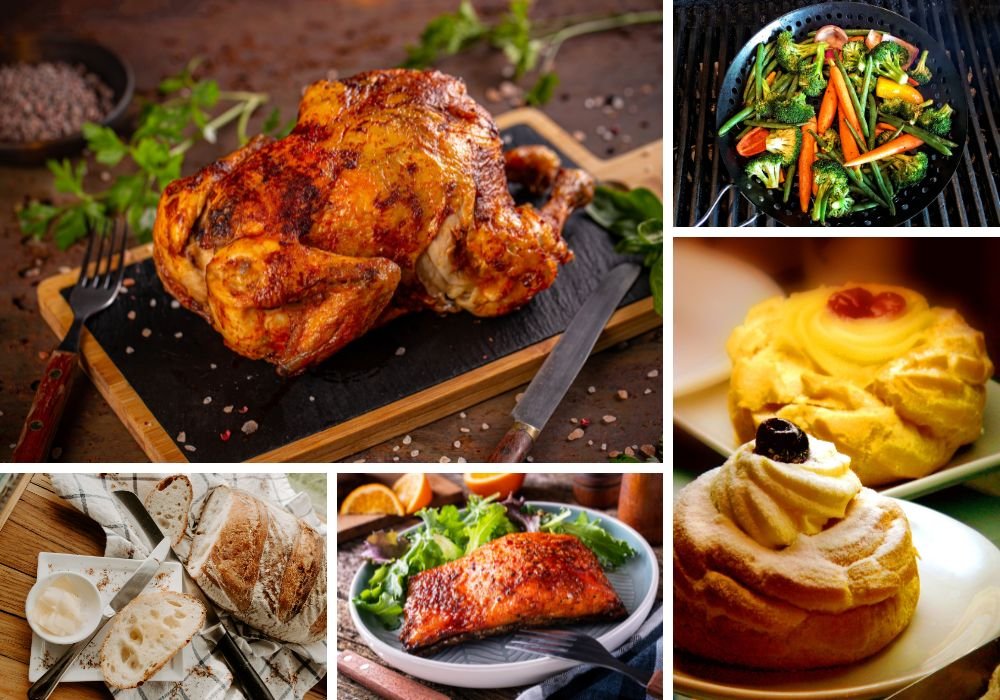
Steam ovens offer endless culinary possibilities, transforming everyday dishes into gourmet delights. Whether you’re a seasoned chef or a home cook, exploring new recipes in your steam oven can elevate your cooking experience.
Vegetable Medley: Start with a simple, vibrant vegetable medley. Steam broccoli, carrots, and bell peppers at 100°C (212°F) for around 10-12 minutes. The result is perfectly cooked, nutrient-rich vegetables that retain their natural flavors and colors. Add a drizzle of olive oil and a sprinkle of sea salt for a healthy side dish.
Juicy Roast Chicken: For a succulent roast chicken, use a combination steam setting. Preheat the oven to 180°C (356°F) with medium humidity. Season the chicken with herbs, lemon, and garlic, and cook for about 45-60 minutes, depending on the size. The steam keeps the meat moist, while the convection heat crisps the skin to golden perfection.
Flaky Salmon: Delicate fish like salmon benefit greatly from steam cooking. Set the steam oven to 95°C (203°F) and cook the salmon fillets with a squeeze of lemon and dill for 10-12 minutes. This method ensures a tender, flaky texture that’s never overcooked.
Crusty Artisan Bread: Use the steam combination mode to bake artisan bread with a perfect crust. Preheat to 220°C (428°F) with low humidity, then bake for 25-30 minutes. The steam helps develop a crunchy crust while keeping the inside soft and chewy. For those interested in baking with a steam oven, explore Choosing the Best Oven for Baking – Essential Features to Consider to learn how to select an oven with the ideal features for your needs.
Desserts: Try making creamy custards or cheesecakes at 90°C (194°F) using the pure steam setting. This gentle, even heat prevents cracking and ensures a silky-smooth texture.
These recipes are just the beginning. From poached eggs to slow-cooked stews, your steam oven can handle it all, making it a versatile tool for any culinary adventure. Experiment with different settings and ingredients to discover the full potential of your steam oven!
Conclusion
Steam ovens are a versatile and health-conscious addition to any kitchen, offering a range of cooking methods that preserve nutrients, enhance flavors, and reduce the need for added fats. From mastering optimal settings for various foods to utilizing multifunctional features like reheating, defrosting, and sous-vide cooking, steam ovens elevate everyday meals to gourmet standards. Avoiding common mistakes and using the right accessories can further enhance your cooking experience. With endless recipe possibilities, from perfectly roasted meats to delicate desserts, a steam oven can truly transform your culinary endeavors, making it an indispensable tool for both novice and experienced cooks alike.
Share this content:
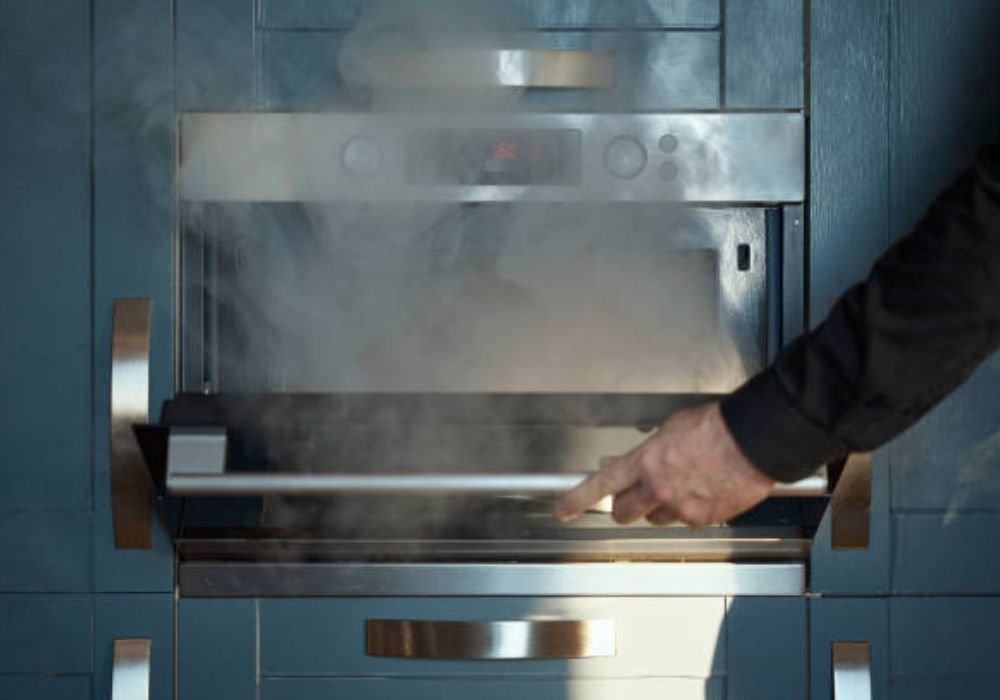
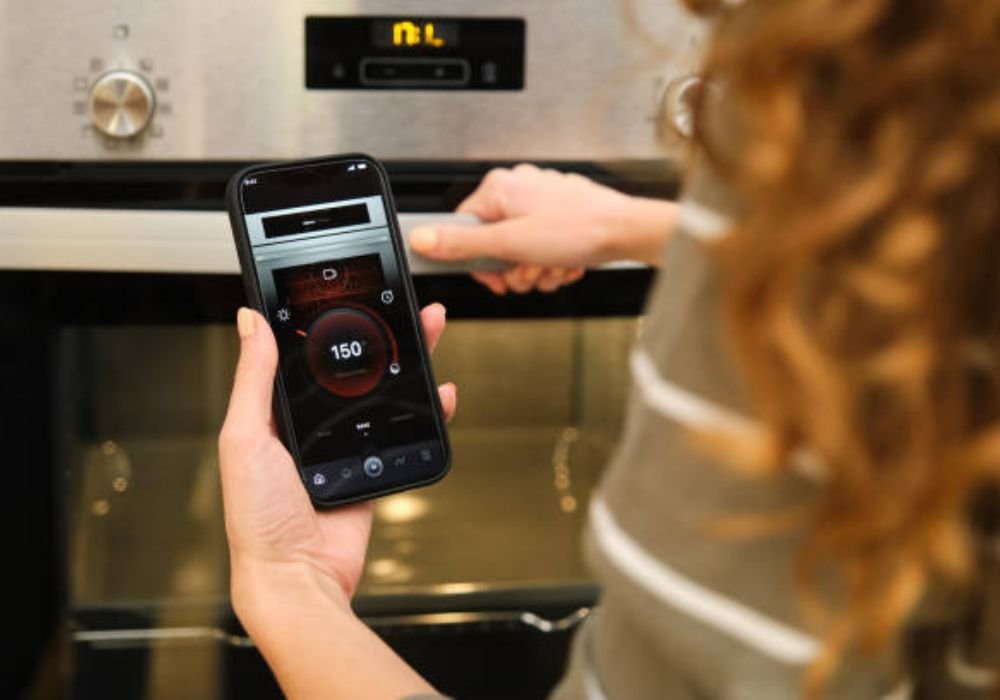
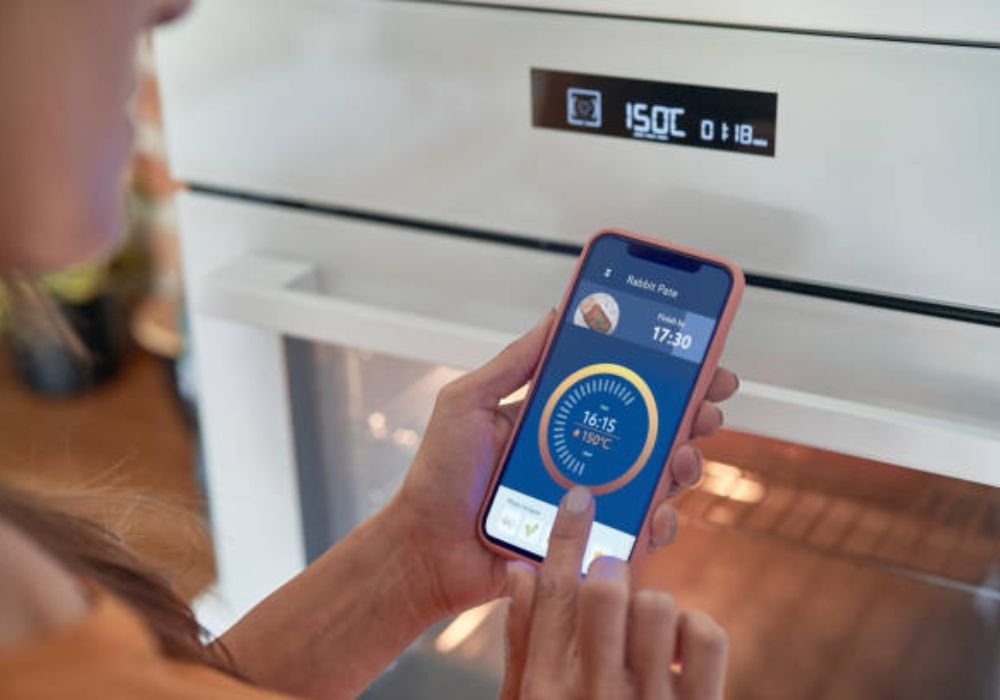
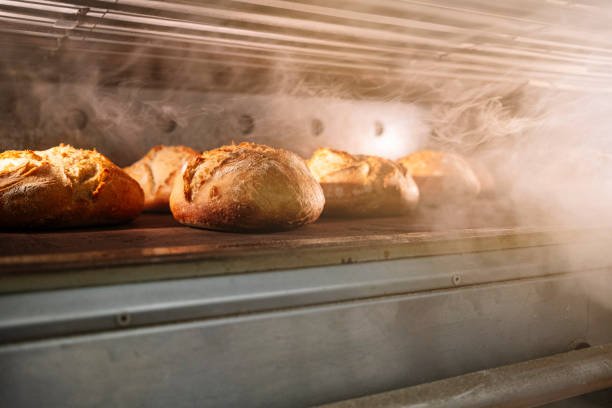











2 comments